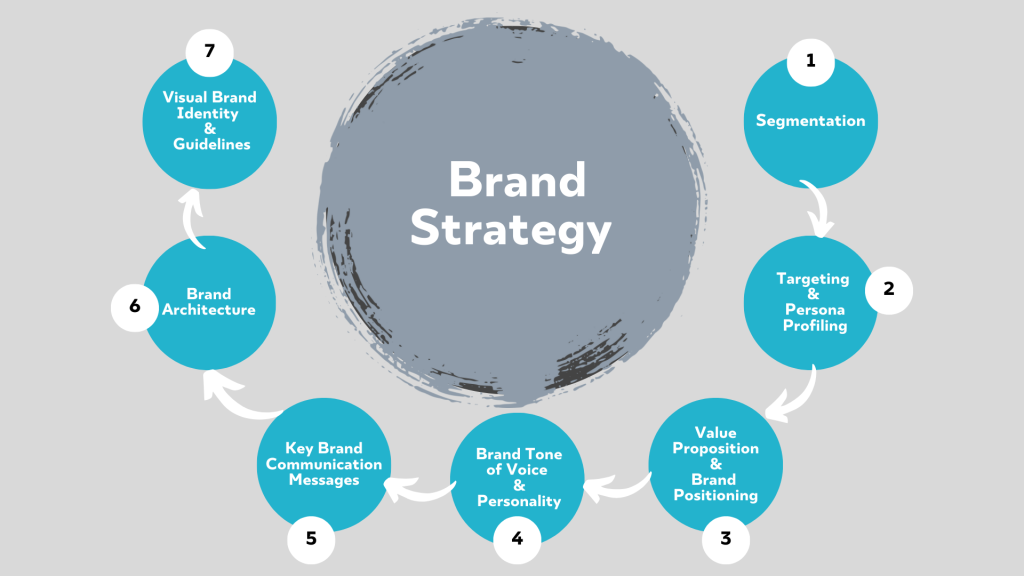How AI can save the retail industry

The future of retail continues looking grim, as more brick and mortar stores close their doors. US retailers have announced 8,558 store closures so far this year, with total US store closures predicted to hit 12,000 by the end of 2019, reported Coresight Research on Friday.
While the internet and automation are typically to blame for these closures, the same technology could actually be the solution for physical store locations, said Paul Winsor, general manager of retail at DataRobot.
"Retail CMOs feel confident about traditional skills like marketing operations but far less so about what disruptive growth requires."
New growth, new habits
The better retail CMOs can master new activities that fuel disruptive growth, the faster they will incorporate those into the delicate balance of traditional and new. Concentrating on a few areas can help speed the journey, helping them very deliberately shift to the New:
Manage the shift from traditional to New
Spending time on disruptive growth, rather than focused on traditional marketing requires shifting talent and resources to the New now, while balancing current core marketing operations.
One view of the customer, one version of the truth
Data and analytics can provide a consistent, dynamic, shared view of customers. The CMO should own, live and breathe data from each customer touchpoint to drive insight and change the business.
Acknowledge not all customers are equally valuable
The most valuable customers should drive the strategy of the CMO and the business. The CMO must lead the shift in operating model, enabling the company to interact with individual customers.
Own the customer experience
Many CMOs remain influencers of the customer experience rather than owners. As custodian of customer data and insight, the retail CMO needs to work across corporate boundaries toward the right outcomes.
Reinvent the talent model
CMOs in the New are hiring for tomorrow’s needs today, automating repetitive tasks to free people to focus on more creative pursuits and investing in critical data-science skills, despite the price tag.





